Intro
Calculate inventory turnover with a Days Of Stock calculator, guiding you through stock management, lead time, and replenishment strategies for optimal supply chain efficiency and reduced stockouts.
The days of stock calculator is a valuable tool for businesses and individuals looking to manage their inventory effectively. In today's fast-paced business environment, having the right amount of stock on hand is crucial to meeting customer demand and minimizing waste. In this article, we will delve into the world of days of stock calculators, exploring their importance, benefits, and how to use them effectively.
Effective inventory management is the backbone of any successful business. It enables companies to respond quickly to changes in demand, reduce stockouts, and minimize overstocking. The days of stock calculator is an essential component of inventory management, as it helps businesses determine how many days of stock they have on hand. This information is vital in making informed decisions about inventory levels, ordering, and storage.
The days of stock calculator is particularly useful for businesses that experience fluctuations in demand. By using the calculator, companies can identify periods of high demand and adjust their inventory levels accordingly. This helps to prevent stockouts, which can lead to lost sales and damaged customer relationships. On the other hand, the calculator can also help businesses identify periods of low demand, allowing them to reduce their inventory levels and minimize waste.
What is a Days of Stock Calculator?
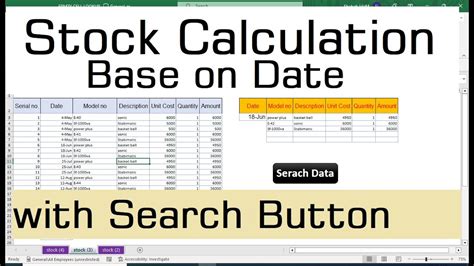
A days of stock calculator is a tool used to calculate the number of days of stock a business has on hand. It takes into account the current inventory level, average daily sales, and other factors to provide an accurate estimate of how many days of stock are available. The calculator is typically used by businesses that sell physical products, such as retailers, wholesalers, and manufacturers.
The days of stock calculator is a simple yet powerful tool that can be used to make informed decisions about inventory management. By using the calculator, businesses can determine how many days of stock they have on hand, identify trends and patterns in demand, and adjust their inventory levels accordingly. This helps to minimize waste, reduce stockouts, and improve customer satisfaction.
Benefits of Using a Days of Stock Calculator
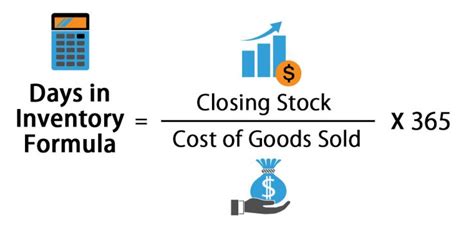
There are several benefits to using a days of stock calculator. Some of the most significant advantages include:
- Improved inventory management: The calculator helps businesses to determine how many days of stock they have on hand, allowing them to make informed decisions about inventory levels and ordering.
- Reduced stockouts: By identifying periods of high demand, businesses can adjust their inventory levels to prevent stockouts and minimize lost sales.
- Minimized waste: The calculator helps businesses to identify periods of low demand, allowing them to reduce their inventory levels and minimize waste.
- Improved customer satisfaction: By having the right amount of stock on hand, businesses can respond quickly to changes in demand and meet customer needs more effectively.
- Increased efficiency: The calculator helps businesses to streamline their inventory management processes, reducing the time and effort required to manage inventory.
How to Use a Days of Stock Calculator
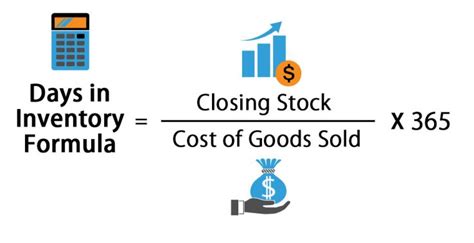
Using a days of stock calculator is a straightforward process. Here are the steps to follow:
- Determine the current inventory level: This is the total amount of stock on hand, including any inventory that is currently in transit.
- Calculate the average daily sales: This is the total amount of sales per day, averaged over a specific period of time.
- Determine the desired service level: This is the level of service that the business wants to provide to its customers, expressed as a percentage.
- Calculate the safety stock: This is the amount of stock that the business wants to keep on hand to protect against stockouts and other disruptions.
- Enter the data into the calculator: Once the necessary data has been collected, it can be entered into the days of stock calculator to determine how many days of stock are available.
Days of Stock Calculator Formula
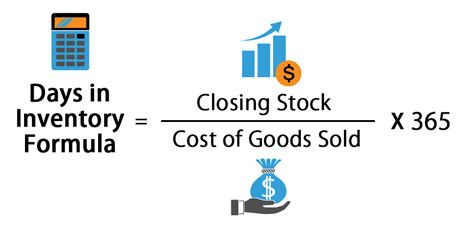
The days of stock calculator formula is a simple yet effective way to calculate the number of days of stock available. The formula is as follows:
Days of Stock = Current Inventory Level / Average Daily Sales
This formula provides a basic estimate of how many days of stock are available, but it can be modified to take into account other factors such as safety stock and desired service level.
Importance of Accurate Data

Accurate data is essential when using a days of stock calculator. Inaccurate data can lead to incorrect calculations, which can have serious consequences for businesses. Some of the most common errors that can occur when using a days of stock calculator include:
- Inaccurate inventory levels: If the inventory level is not accurate, the calculator will provide an incorrect estimate of how many days of stock are available.
- Inaccurate average daily sales: If the average daily sales are not accurate, the calculator will provide an incorrect estimate of how many days of stock are available.
- Failure to account for safety stock: If the business fails to account for safety stock, it may not have enough inventory on hand to meet customer demand.
Common Mistakes to Avoid

There are several common mistakes that businesses can avoid when using a days of stock calculator. Some of the most significant errors include:
- Failing to update the calculator regularly: The days of stock calculator should be updated regularly to reflect changes in inventory levels and average daily sales.
- Failing to account for seasonality: Seasonal fluctuations in demand can have a significant impact on inventory levels, and businesses should adjust their calculations accordingly.
- Failing to consider lead time: Lead time is the amount of time it takes for inventory to arrive, and businesses should factor this into their calculations to ensure that they have enough stock on hand.
Gallery of Days of Stock Calculator
Days of Stock Calculator Image Gallery
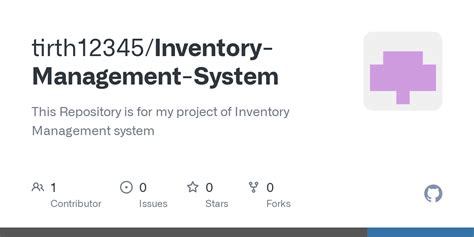









What is a days of stock calculator?
+A days of stock calculator is a tool used to calculate the number of days of stock a business has on hand.
How do I use a days of stock calculator?
+To use a days of stock calculator, simply enter the current inventory level, average daily sales, and desired service level into the calculator.
What are the benefits of using a days of stock calculator?
+The benefits of using a days of stock calculator include improved inventory management, reduced stockouts, minimized waste, improved customer satisfaction, and increased efficiency.
How often should I update my days of stock calculator?
+The days of stock calculator should be updated regularly to reflect changes in inventory levels and average daily sales.
What are some common mistakes to avoid when using a days of stock calculator?
+Some common mistakes to avoid when using a days of stock calculator include failing to update the calculator regularly, failing to account for seasonality, and failing to consider lead time.
In conclusion, the days of stock calculator is a valuable tool for businesses looking to manage their inventory effectively. By using the calculator, businesses can determine how many days of stock they have on hand, identify trends and patterns in demand, and adjust their inventory levels accordingly. This helps to minimize waste, reduce stockouts, and improve customer satisfaction. We encourage our readers to try out the days of stock calculator and experience the benefits of improved inventory management for themselves. If you have any questions or comments, please don't hesitate to reach out to us. Share this article with your friends and colleagues to help them improve their inventory management skills.
